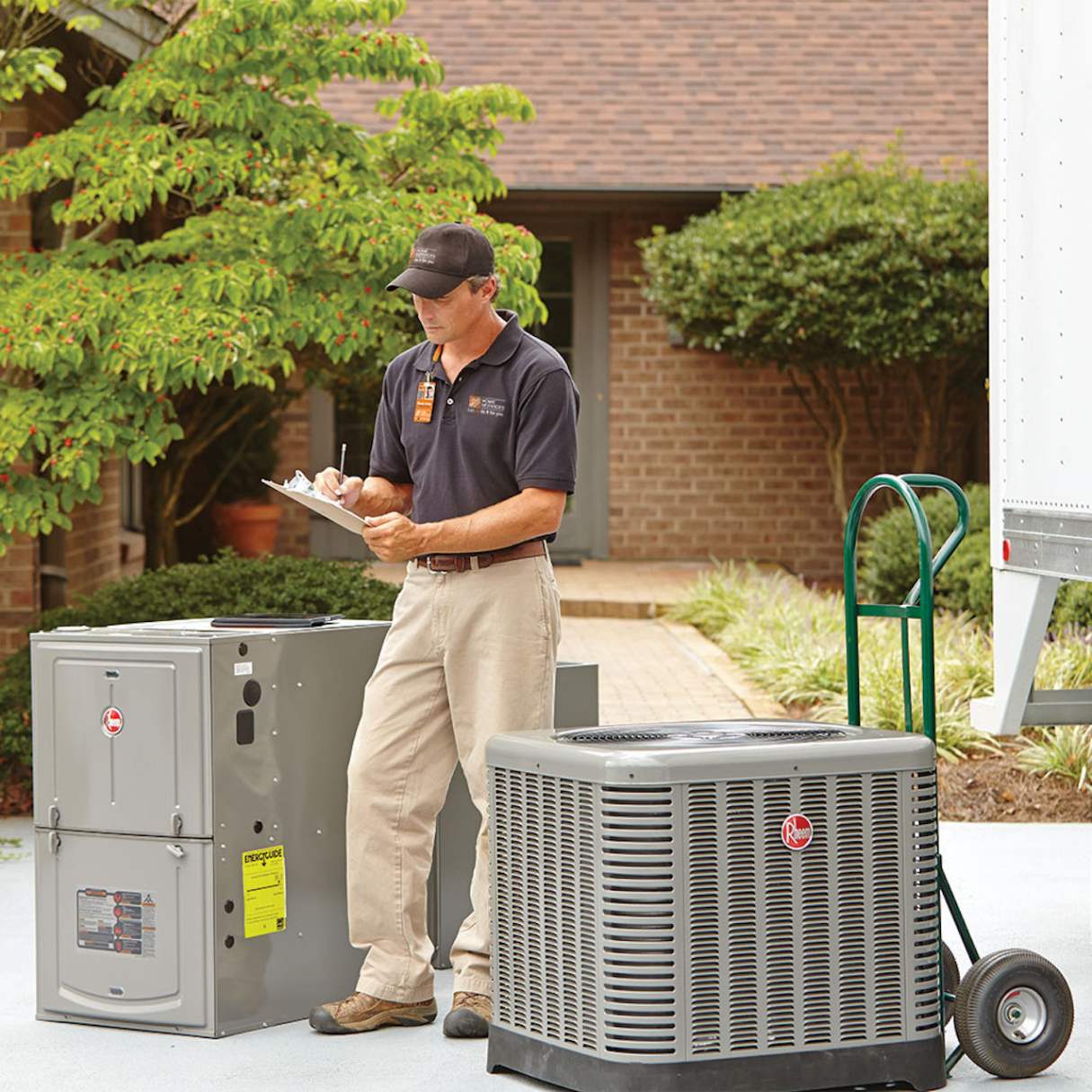

Articles
How Long Does It Take To Replace HVAC System
Modified: January 8, 2024
Learn how long it takes to replace an HVAC system with our informative articles. Get expert insights and tips to streamline the process and minimize downtime.
(Many of the links in this article redirect to a specific reviewed product. Your purchase of these products through affiliate links helps to generate commission for Storables.com, at no extra cost. Learn more)
Introduction
Replacing an HVAC (Heating, Ventilation, and Air Conditioning) system is a significant investment and an essential step towards achieving optimal comfort and energy efficiency in your home or business. However, one question that often arises is, “How long does it take to replace an HVAC system?” The answer may vary depending on several factors, including the complexity of the installation, the size of the property, and the availability of equipment and resources.
In this article, we will explore the various factors that can affect the time required for an HVAC system replacement. Understanding these factors will enable homeowners and business owners to have a better idea of what to expect during the process and to plan accordingly.
It’s important to note that the timeline provided here is a general guideline and may vary based on specific circumstances. The ultimate goal of an HVAC system replacement is to ensure a seamless transition from the old system to the new one while adhering to safety regulations and industry standards.
So, let’s delve into the factors that can influence the duration of an HVAC system replacement.
Key Takeaways:
- Planning and coordination are crucial for a successful HVAC system replacement. Factors such as system type, size, and accessibility can impact the timeline. Consulting with professionals and scheduling in favorable weather conditions can streamline the process.
- Thorough evaluation, proper installation, and testing are essential for a seamless HVAC system replacement. Collaborating with experienced professionals ensures optimal performance, energy efficiency, and indoor comfort. Regular maintenance and servicing prolong the system’s lifespan and functionality.
Read more: How Long Does It Take To Get A HVAC License
Factors Affecting the Time Required for Replacing an HVAC System
Replacing an HVAC system involves several complex tasks, and the time required can be influenced by various factors. Let’s take a closer look at some of these factors:
- System Type: The type of HVAC system being replaced can significantly impact the time required for the replacement. For example, replacing a split system (consisting of an indoor and outdoor unit) may be less time-consuming compared to replacing a packaged unit (with all components housed in a single unit).
- System Size: The size of the HVAC system and the property it serves can affect the duration of the replacement process. Larger systems and properties may require more intricate installation and additional labor, leading to a longer replacement time.
- Ductwork Modifications: If the existing ductwork needs modifications or repairs, it can extend the overall replacement timeline. Technicians may need to evaluate, adjust, or even replace portions of the ductwork to ensure optimal airflow and system performance.
- Accessibility: The accessibility of the HVAC system components can also impact the time required for replacement. If the system is installed in a tight or hard-to-reach space, technicians may need to spend additional time disassembling and reinstalling components, which can lengthen the replacement process.
- Additional Upgrades: Sometimes, homeowners opt to upgrade other related components during the HVAC system replacement, such as thermostats or air purification systems. These additional installations can extend the overall timeline as technicians will need to integrate and test these upgrades alongside the new HVAC system.
It’s important to consult with a professional HVAC contractor who can assess these factors and provide an accurate estimation of the time required for your specific situation.
Evaluating the Existing HVAC System
Before proceeding with an HVAC system replacement, it is crucial to evaluate the condition of the existing system. A thorough assessment can help identify any potential issues and determine the scope of the replacement project. Here are some key aspects that technicians consider during the evaluation:
- Age and Efficiency: HVAC systems typically have a lifespan of 10-15 years, depending on usage and maintenance. Older systems tend to be less energy-efficient compared to newer models. Evaluating the age and efficiency of the existing system helps determine whether a replacement is necessary and if it will lead to improved energy savings.
- Performance and Repairs: Technicians will assess the performance of the current HVAC system, considering factors such as inconsistent heating or cooling, frequent breakdowns, and the need for repairs. If the system is struggling to maintain a comfortable indoor climate or requires frequent repairs, it may be a sign that a replacement is needed.
- Load Calculation: Load calculation involves determining the heating and cooling requirements of the space. By analyzing factors like square footage, insulation, and occupancy, technicians can determine the optimal size and capacity of the new HVAC system. This step ensures that the replacement system is adequately sized for the property, leading to efficient and effective operation.
- Indoor Air Quality: The evaluation should also consider the indoor air quality of the property. Technicians will assess factors like air filtration, humidity control, and ventilation to determine if any upgrades are needed to enhance the overall air quality during the replacement process.
- Energy Efficiency: Energy efficiency is a crucial consideration for modern HVAC systems. Evaluating the energy efficiency of the existing system allows homeowners to determine the potential energy savings that a replacement system can offer. Energy-efficient systems can help reduce utility bills and have a positive impact on the environment.
By conducting a thorough evaluation of the existing HVAC system, homeowners can make informed decisions about the replacement process. This evaluation sets the foundation for selecting the appropriate replacement options and ensures that the new system will meet the specific needs of the property.
Determining the Replacement Options
Once the evaluation of the existing HVAC system is complete, the next step is to determine the most suitable replacement options. Considering various factors such as budget, energy efficiency, and personal preferences, homeowners can explore the following options:
- System Type: There are different types of HVAC systems available, including split systems, packaged units, ductless mini-splits, and geothermal systems. Each system type has its own advantages and considerations, so homeowners should choose the one that aligns with their specific needs and requirements.
- Energy Efficiency: Energy-efficient HVAC systems can save homeowners a significant amount of money in the long term. Look for systems with high Seasonal Energy Efficiency Ratio (SEER) or Energy Efficiency Ratio (EER) ratings. Additionally, consider ENERGY STAR certified systems that meet or exceed specific energy efficiency standards. These options can help reduce energy consumption and lower utility bills.
- Heating and Cooling Capacity: The size and capacity of the new HVAC system should be appropriate for the property’s heating and cooling needs. A system that is too small will struggle to maintain the desired indoor temperature, while an oversized system may cycle on and off frequently, leading to inefficiency and increased wear and tear. Working with an HVAC professional to perform load calculations ensures that the replacement system is properly sized.
- Add-On Features: Consider any additional features or upgrades that you would like to include with the new HVAC system. These may include programmable thermostats, zoning systems, air purifiers, or humidity control devices. These add-ons can enhance comfort, control, and indoor air quality.
- Budget: Replacement costs can vary depending on the system type, features, and installation requirements. It is essential to establish a budget and obtain quotes from reputable HVAC contractors. While cost is an important factor, it is crucial to strike a balance between price and long-term value.
By carefully considering these factors, homeowners can determine the most appropriate replacement options for their HVAC system. It is recommended to consult with an HVAC professional who can provide expert advice and guide you through the selection process.
Scheduling the Replacement Process
Scheduling the HVAC system replacement is a critical step in ensuring a smooth and efficient process. By carefully planning the timeline and coordinating with HVAC professionals, homeowners can minimize disruptions and ensure timely completion of the replacement. Here are some key considerations:
- Availability: Coordinate with HVAC contractors to find a suitable time frame for the replacement. Keep in mind that certain seasons or peak periods may have higher demand for HVAC services, so it’s advisable to schedule well in advance to secure the desired date and time.
- Timeline: Discuss the estimated duration of the replacement process with the HVAC professionals. While this may vary depending on the specific circumstances, having a general timeframe will help you plan accordingly and ensure that you are prepared for any temporary discomfort during the process.
- Weather Conditions: Consider the prevailing weather conditions when scheduling the replacement. Extreme temperatures, high humidity, or inclement weather can impact the installation process and potentially lead to delays. It’s best to choose a time when weather conditions are moderate and favorable for the replacement.
- Contingency Plans: It’s essential to have contingency plans in place in case unexpected issues arise during the replacement process. Discuss with the HVAC professionals how they will handle unforeseen complications and what measures they have in place to ensure the timely completion of the project.
- Communication: Maintain open lines of communication with the HVAC professionals throughout the scheduling process. Ensure that you are informed about any changes or updates to the timeline and confirm the dates and times with both parties involved.
By effectively scheduling the replacement process, homeowners can minimize disruptions to their daily routines and ensure that the project is completed within the planned time frame. Collaboration and clear communication with HVAC professionals play a crucial role in achieving a successful and timely replacement.
The time it takes to replace an HVAC system can vary depending on factors such as the size of the system, the complexity of the installation, and the availability of parts. On average, it can take anywhere from 1 to 3 days for a professional HVAC technician to complete the replacement.
Removing the Old HVAC System
Once the scheduling is complete and the replacement process is underway, the next step is to remove the old HVAC system. This is a crucial stage that requires careful dismantling and disposal of the existing equipment. Here’s what you can expect during the removal process:
- Disconnecting Power: The first step is to ensure that all power to the existing HVAC system is safely disconnected. This involves shutting off the electricity supply and following proper electrical safety procedures to avoid any accidents.
- Disassembling Components: HVAC technicians will disassemble the different components of the old system, such as the condenser unit, air handler, ductwork, and any associated equipment. This process may involve cutting or disconnecting the electrical wiring, refrigerant lines, and drain pipes.
- Proper Disposal: Proper disposal of the old HVAC system components is essential to ensure environmental responsibility. HVAC professionals will adhere to local regulations and recycling practices, ensuring that any hazardous materials are disposed of safely and that reusable components are recycled whenever possible.
- Clean-Up: As the removal process progresses, there may be debris and dust generated. HVAC technicians will ensure that the work area is cleaned up and that any mess is properly disposed of before proceeding with the installation of the new system.
Removing the old HVAC system requires expertise and knowledge of safety protocols. It is always recommended to hire licensed HVAC professionals to handle this stage of the replacement process. They have the necessary skills and equipment to safely and efficiently remove the old system, ensuring a smooth transition to the installation of the new one.
Installing the New HVAC System
After the old HVAC system has been removed, it’s time to proceed with installing the new system. Proper installation is crucial to ensure optimal performance and longevity of the system. Here’s what you can expect during the installation process:
- Preparation: HVAC technicians will carefully inspect the installation area and prepare it for the new system. This may involve cleaning the space, ensuring proper ventilation, and making any necessary adjustments to accommodate the new equipment.
- Mounting and Placement: The new HVAC system components, such as the condenser unit, air handler, and indoor unit, will be properly mounted and positioned in their designated locations. HVAC professionals will carefully follow manufacturer guidelines to ensure proper placement and secure installation.
- Connecting Components: Once the equipment is positioned correctly, technicians will connect the various components of the system. This involves attaching refrigerant lines, electrical wiring, drain pipes, and any other necessary connections. It is crucial to ensure proper seals and connections to prevent leaks and system malfunctions.
- Ductwork Installation: If modifications or repairs to the ductwork were identified during the evaluation, HVAC professionals will address these issues during the installation process. This may involve sealing air leaks, replacing damaged ducts, or rerouting ducts to optimize airflow and efficiency.
- Testing and Calibration: After the installation is complete, HVAC technicians will thoroughly test the new system to ensure it is functioning correctly. This includes checking electrical connections, verifying refrigerant levels, and testing the heating and cooling functions. Technicians will also calibrate the system to ensure proper temperature control and airflow for optimal performance.
It’s crucial to hire experienced HVAC professionals for the installation process to ensure that the new system is installed correctly and meets industry standards. Improper installation can lead to inefficiency, performance issues, and even safety hazards. By entrusting the installation to qualified professionals, homeowners can have peace of mind knowing that their new HVAC system is in good hands.
Testing and Inspecting the New System
Once the new HVAC system is installed, thorough testing and inspection are necessary to ensure its proper functionality and adherence to safety standards. This critical step involves comprehensive checks and adjustments to guarantee that the system is operating optimally. Here’s what takes place during the testing and inspection phase:
- System Startup: HVAC technicians will initiate the system and observe its startup process. This allows them to assess the initial performance, noise levels, and any potential issues that may arise during the system’s initial operation.
- Performance Testing: Technicians will conduct various performance tests to evaluate the system’s heating and cooling capabilities. This includes measuring temperature differentials, airflow rates, and verifying that the system is reaching the desired set points efficiently.
- Refrigerant Levels: HVAC professionals will ensure that the refrigerant levels are correct within the system. They will measure and adjust the refrigerant charge as needed to ensure optimal cooling and prevent issues such as inadequate cooling or compressor damage.
- Electrical Connections: Technicians will verify and inspect all electrical connections to ensure they are secure and in compliance with safety regulations. This includes checking the wiring, circuit breakers, and electrical components to avoid potential electrical hazards.
- Airflow Balance: HVAC professionals will assess the airflow distribution throughout the property to ensure a balanced and consistent airflow. They may make adjustments to the system, such as adjusting dampers or registers, to optimize air circulation and achieve proper comfort levels in each area.
- Safety Inspections: A thorough safety inspection is conducted to ensure that the new HVAC system meets all safety standards. Technicians will check for gas leaks, carbon monoxide levels (if applicable), and proper ventilation to ensure a safe indoor environment. Smoke and carbon monoxide detectors should also be tested and replaced if necessary.
Testing and inspecting the new HVAC system is essential to identify and resolve any potential issues or shortcomings before finalizing the installation. This step ensures that the system operates efficiently and safely to provide optimal comfort and performance. Homeowners should always collaborate closely with the HVAC professionals during this stage to address any concerns and achieve a satisfactory outcome.
Cleaning Up and Finalizing the Replacement
Once the testing and inspection of the new HVAC system are complete, the final step is to clean up the work area and ensure that everything is in order. This stage focuses on ensuring a smooth transition to the newly installed system and wrapping up the replacement process. Here’s what happens during the cleaning up and finalization phase:
- Debris Removal: Any debris, packaging materials, and old equipment that were generated during the installation process will be removed from the premises. HVAC technicians will dispose of these items properly and leave the work area clean and free of obstructions.
- System Documentation: HVAC professionals will provide the necessary documentation related to the new HVAC system. This may include user manuals, warranty information, and any other relevant documentation that homeowners may need for future reference or maintenance purposes.
- Operating Instructions: Technicians will provide homeowners with instructions on how to operate the new HVAC system effectively. They will explain how to adjust temperature settings, program the thermostat, and perform basic maintenance tasks to ensure the longevity and optimal performance of the system.
- Final Consultation: Before leaving the premises, HVAC professionals will conduct a final consultation with homeowners. They will address any remaining questions or concerns, offer recommendations for ongoing maintenance, and provide contact information for future assistance, if needed.
It’s important for homeowners to take this opportunity to clarify any doubts or seek additional information about the new HVAC system. Understanding how to use and care for the system properly will help maximize its lifespan and efficiency.
By completing the cleaning up and finalizing phase, homeowners can enjoy the benefits of their newly installed HVAC system. It’s advisable to maintain regular maintenance and scheduled inspections to ensure that the system continues to operate at its best and to address any issues that may arise promptly.
Read more: How Long Does It Take To Install HVAC System
Conclusion
Replacing an HVAC system is a significant undertaking that requires careful planning, evaluation, and execution. The time required for the replacement process can vary depending on several factors, such as the complexity of the installation, the size of the property, and the availability of equipment and resources. By understanding these factors and following proper procedures, homeowners can ensure a successful and efficient replacement.
The process begins with evaluating the existing HVAC system, considering its age, efficiency, performance, and indoor air quality. This evaluation helps determine the need for a replacement and sets the foundation for selecting the most suitable replacement options.
Scheduling the replacement process is key to ensuring a smooth transition. Homeowners should coordinate with HVAC professionals, consider weather conditions, and maintain open communication throughout the process.
The removal of the old HVAC system requires careful dismantling and proper disposal to adhere to environmental regulations. Hiring licensed HVAC professionals is crucial to safely and efficiently remove the old equipment.
Installing the new system involves precise placement, proper connection of components, and thorough testing. Skilled HVAC technicians will ensure the system is correctly installed, calibrated, and functioning optimally.
Testing and inspecting the new system is crucial to verify its performance, refrigerant levels, and electrical connections. Safety inspections are conducted to ensure a secure indoor environment.
After completing the installation and inspection, final steps include cleaning up the work area, providing documentation and operating instructions, and addressing any remaining questions or concerns.
In conclusion, replacing an HVAC system requires a well-planned and organized approach. By considering the factors influencing the replacement timeline and working with experienced HVAC professionals, homeowners can expect a successful installation that improves comfort, energy efficiency, and indoor air quality. Ongoing maintenance and regular servicing will further optimize the performance of the new HVAC system, ensuring many years of comfort and satisfaction.
Frequently Asked Questions about How Long Does It Take To Replace HVAC System
Was this page helpful?
At Storables.com, we guarantee accurate and reliable information. Our content, validated by Expert Board Contributors, is crafted following stringent Editorial Policies. We're committed to providing you with well-researched, expert-backed insights for all your informational needs.
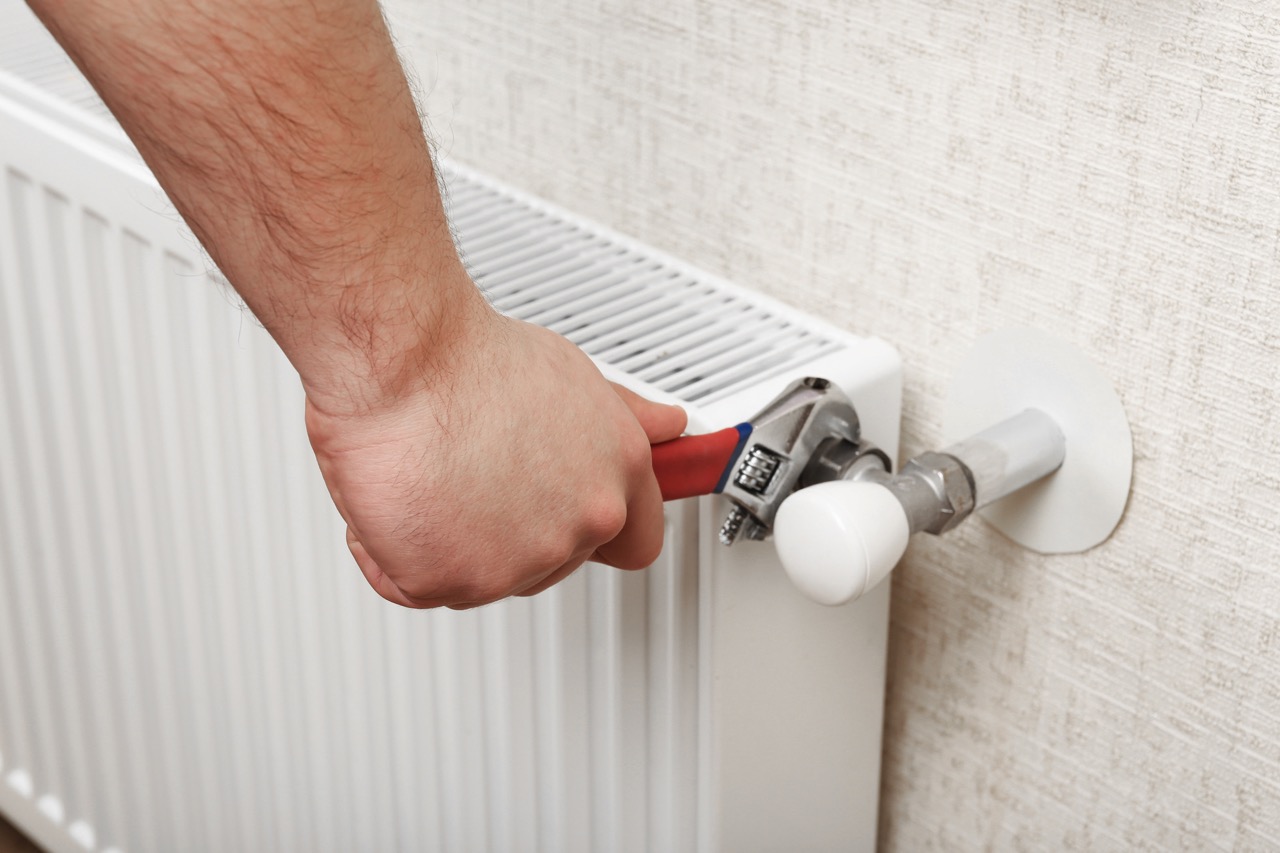
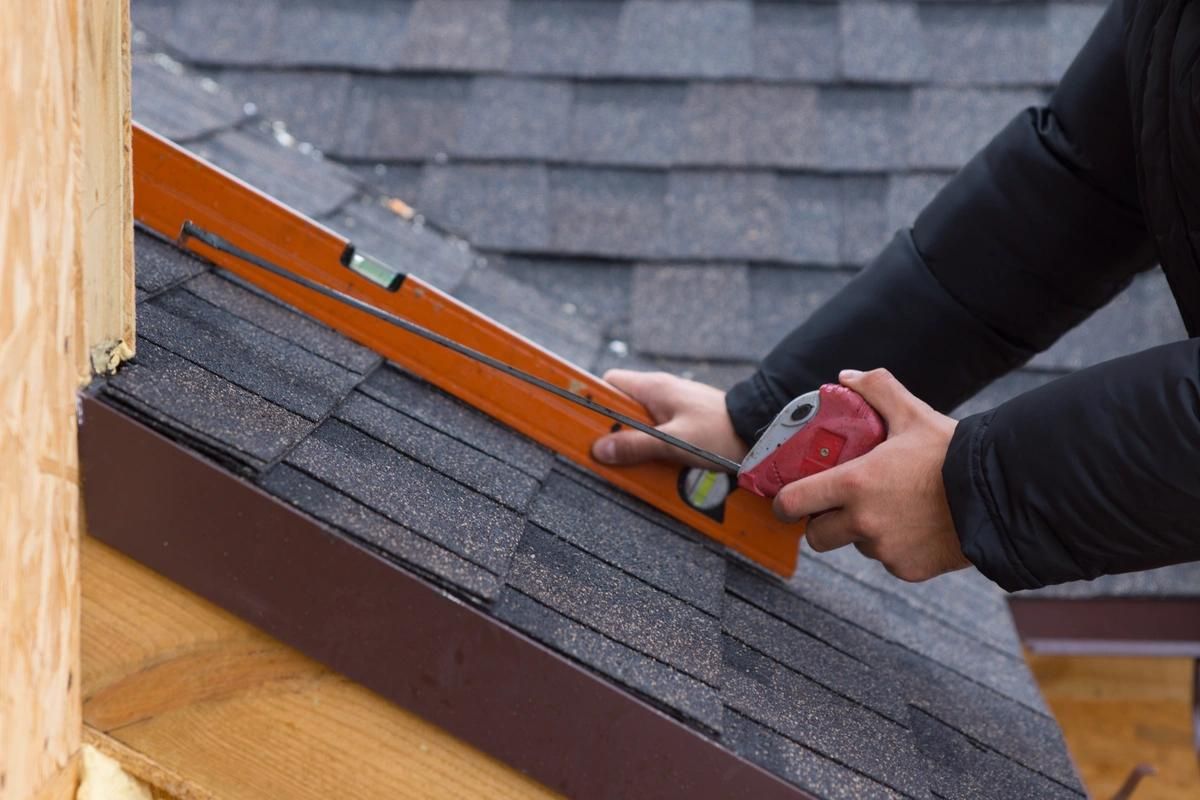
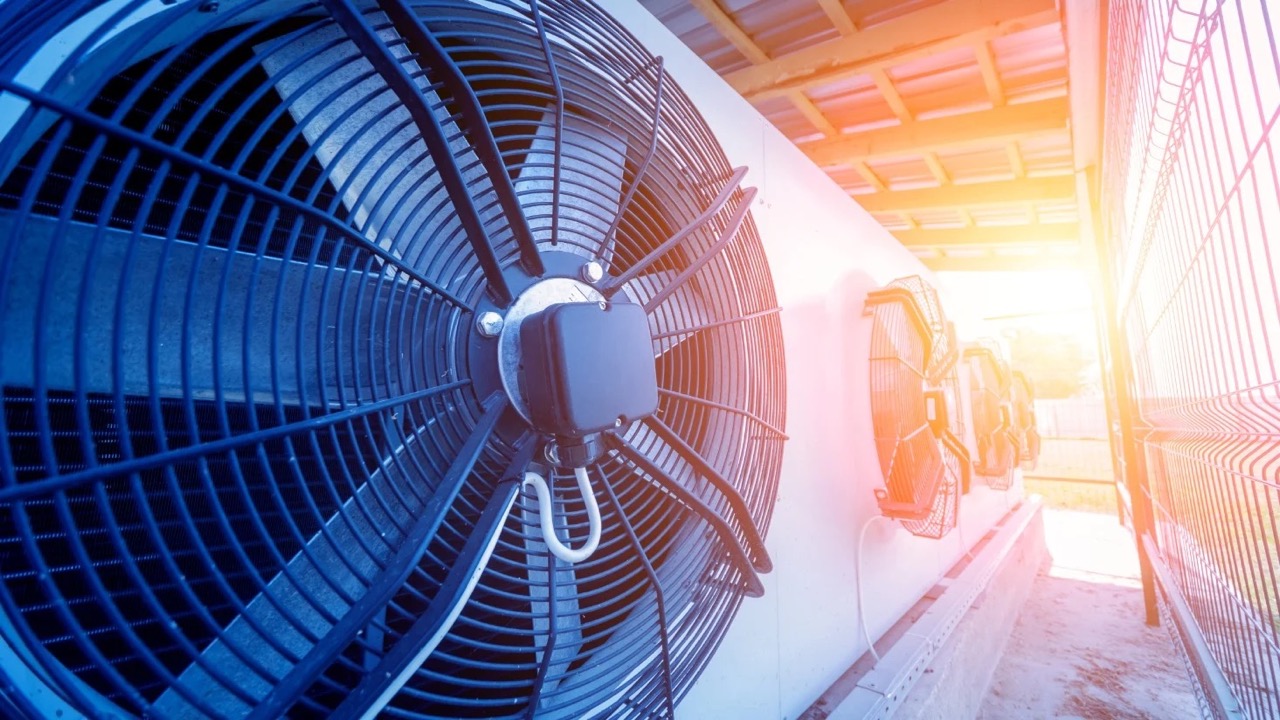
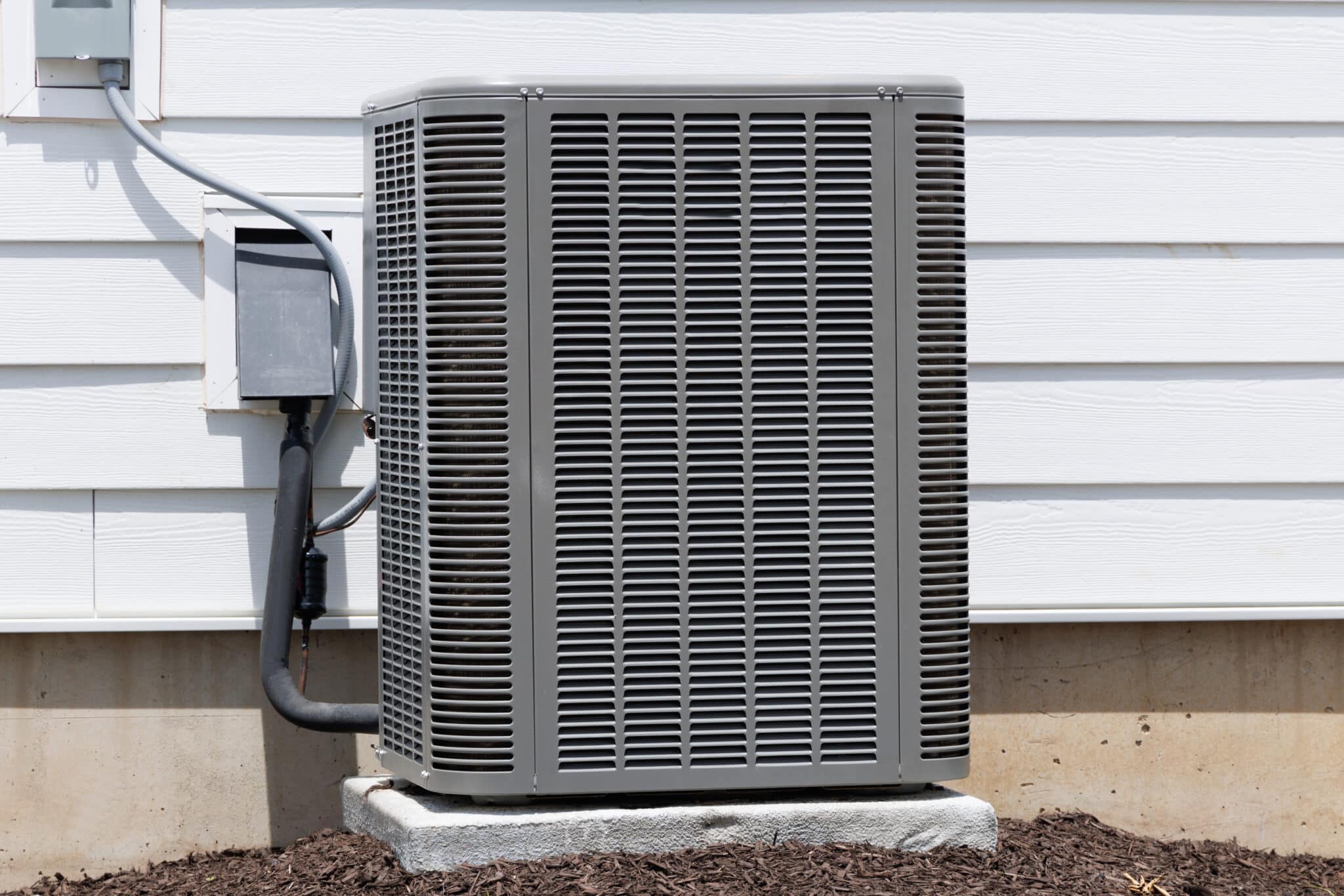
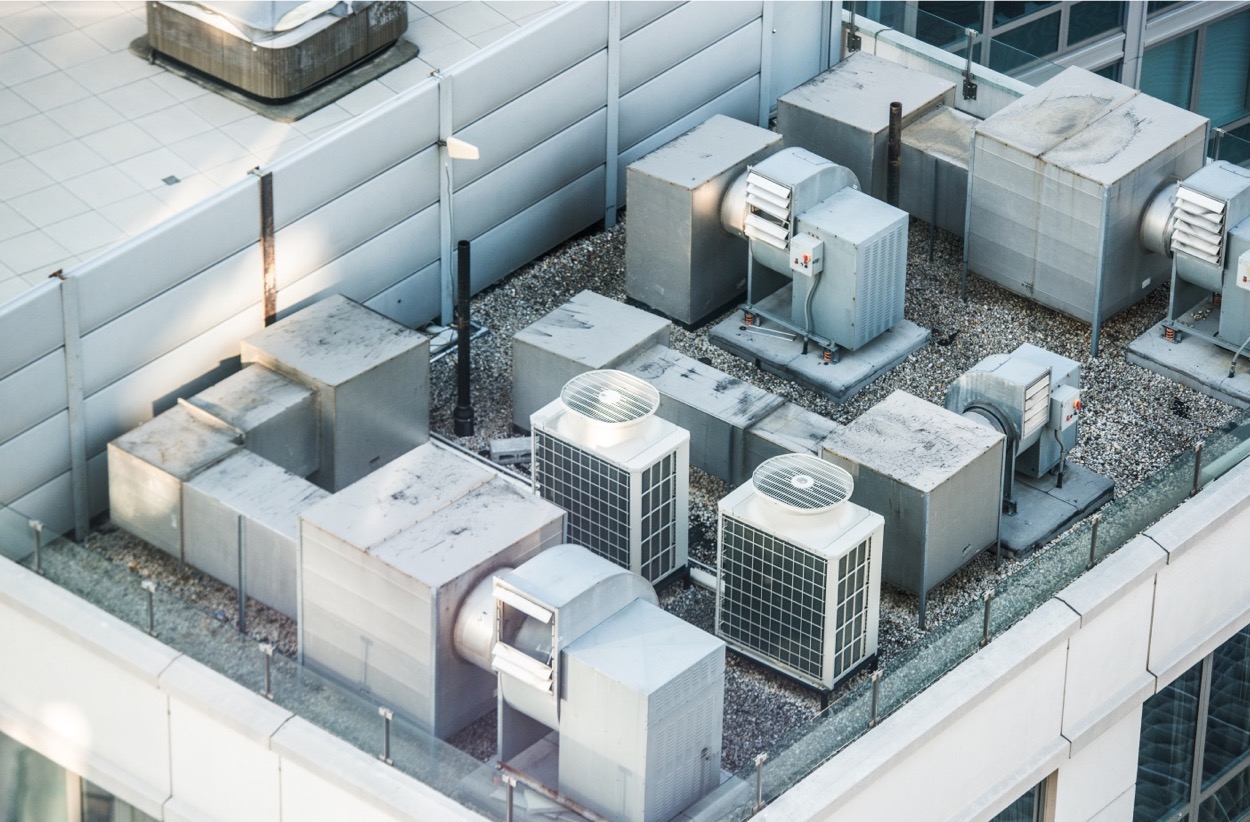
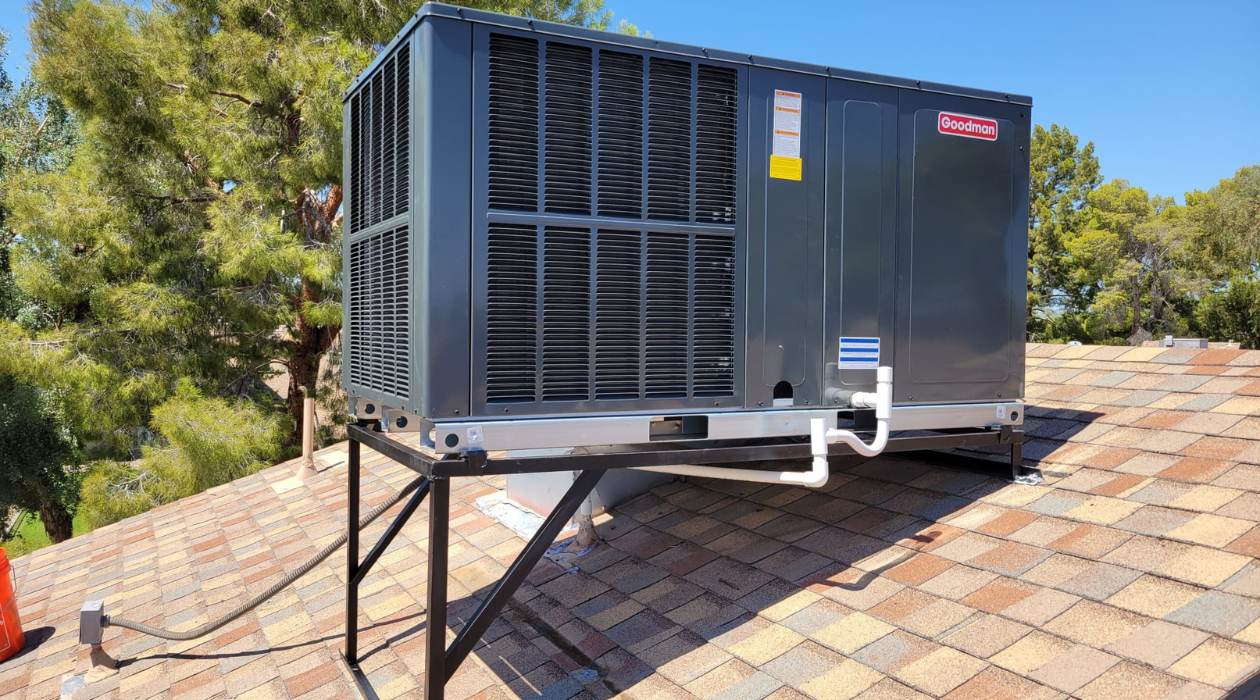
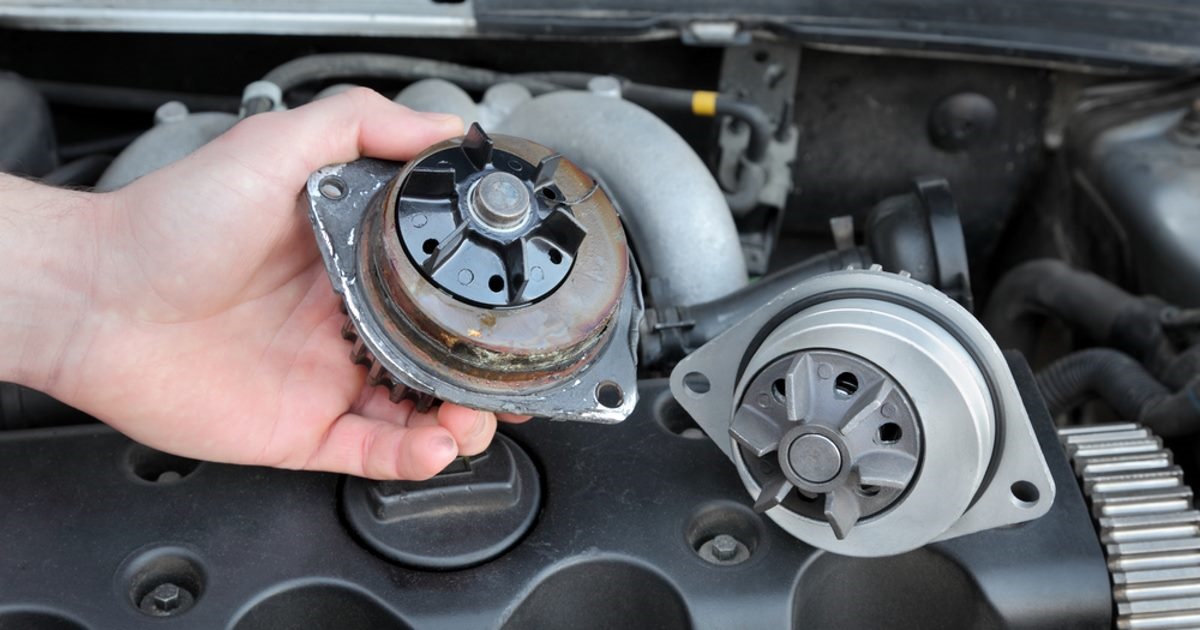
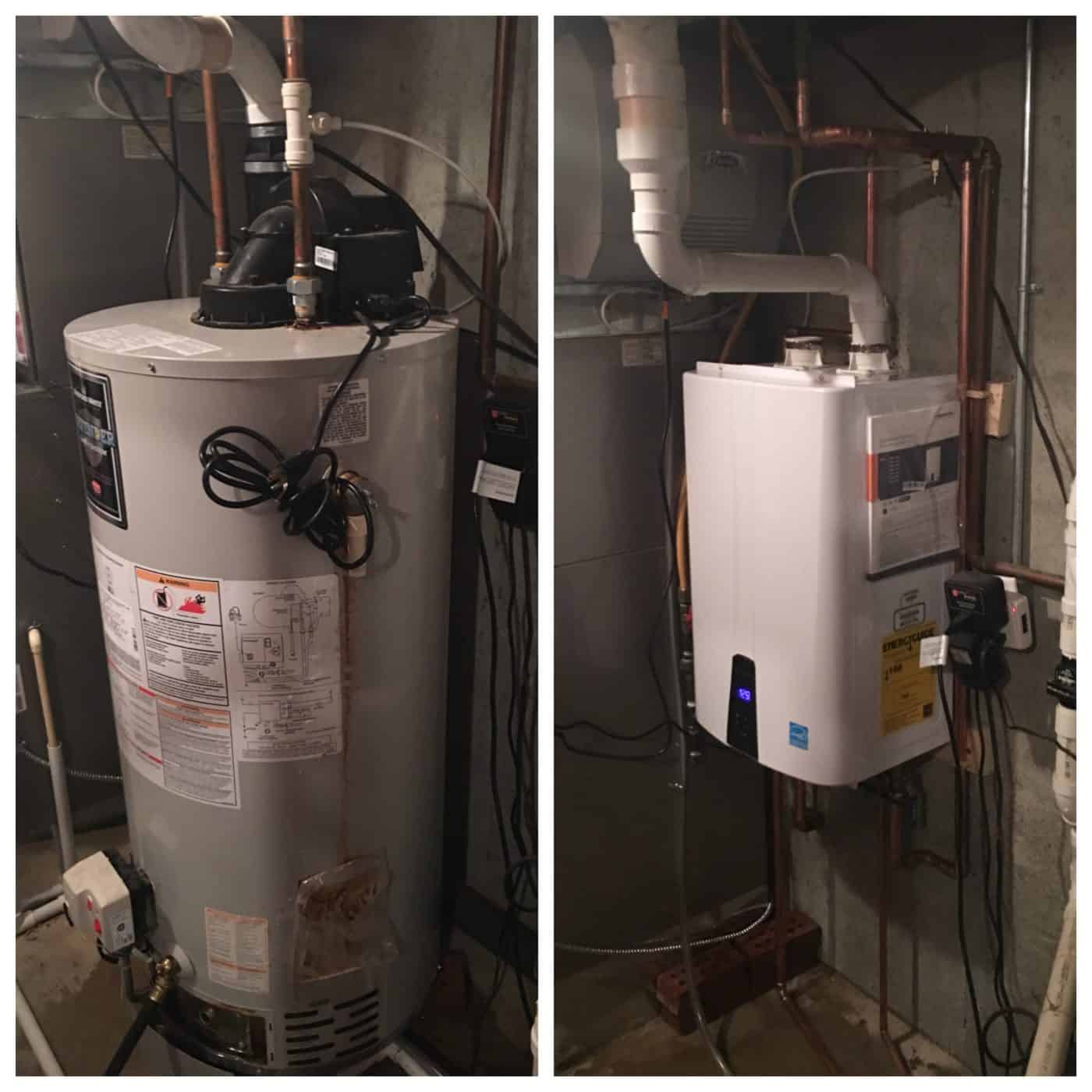
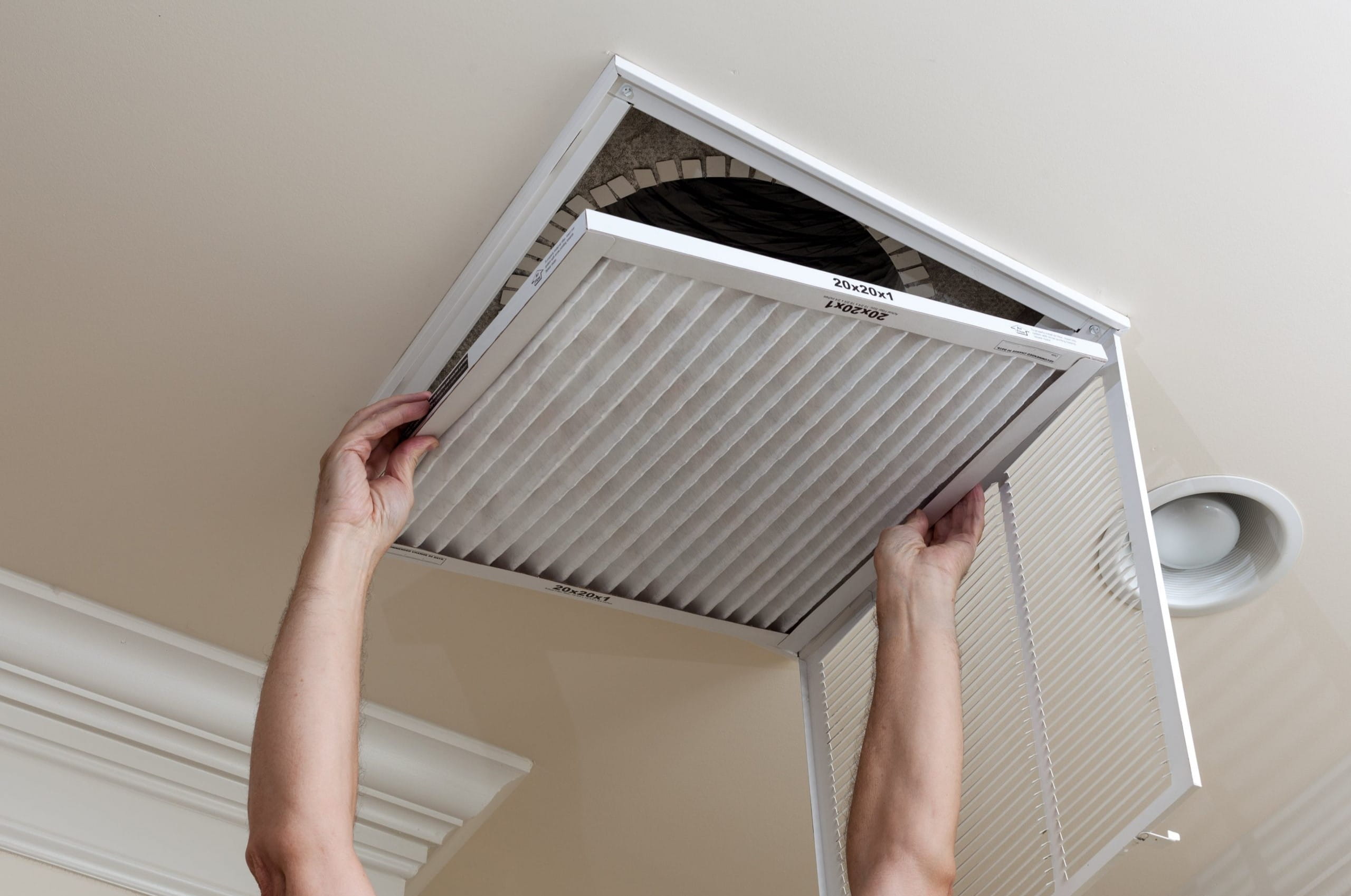
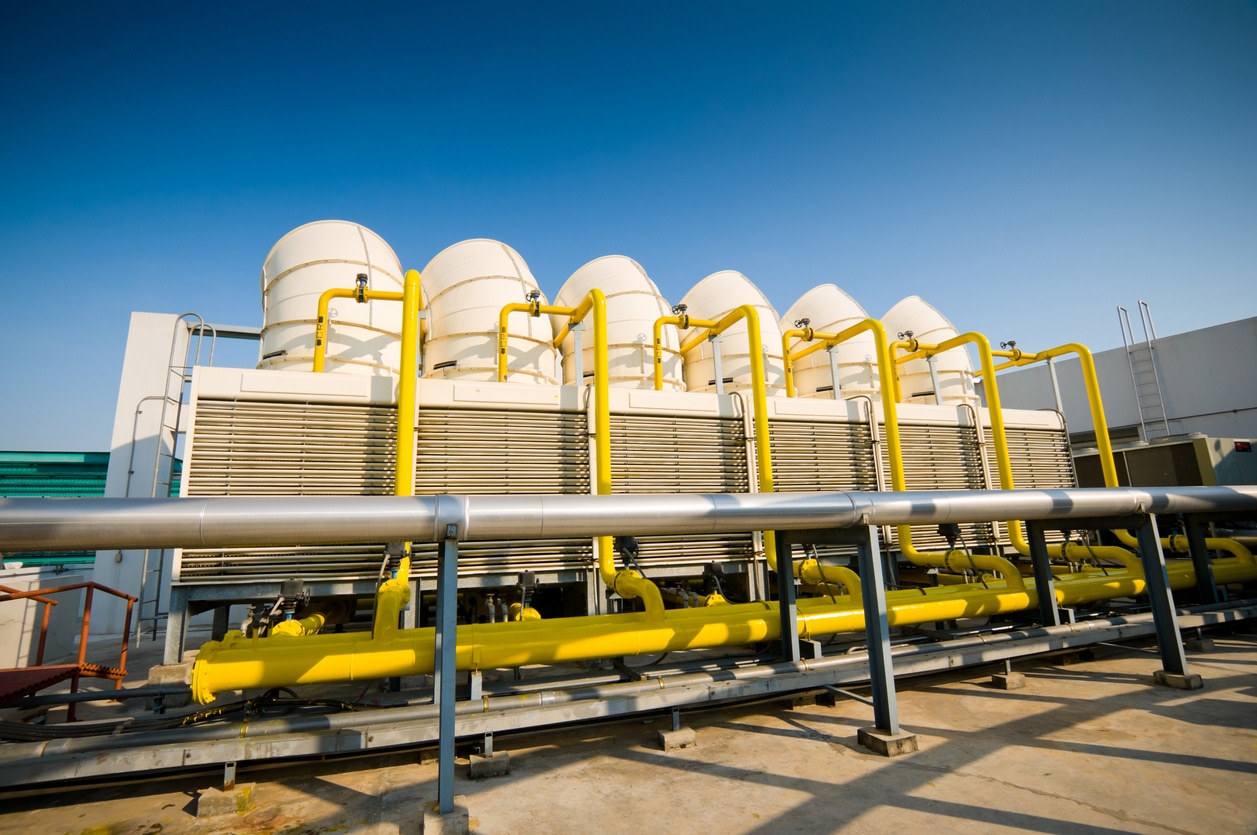
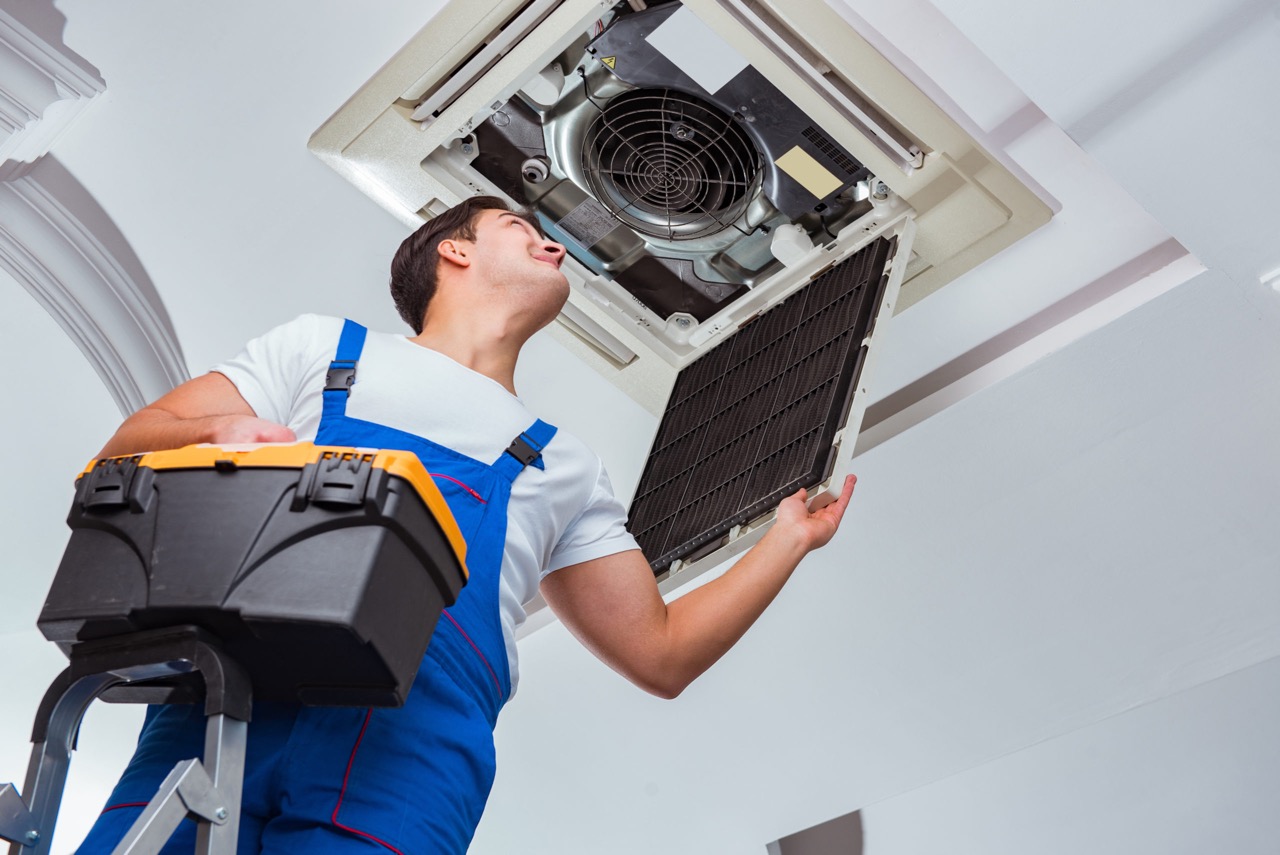
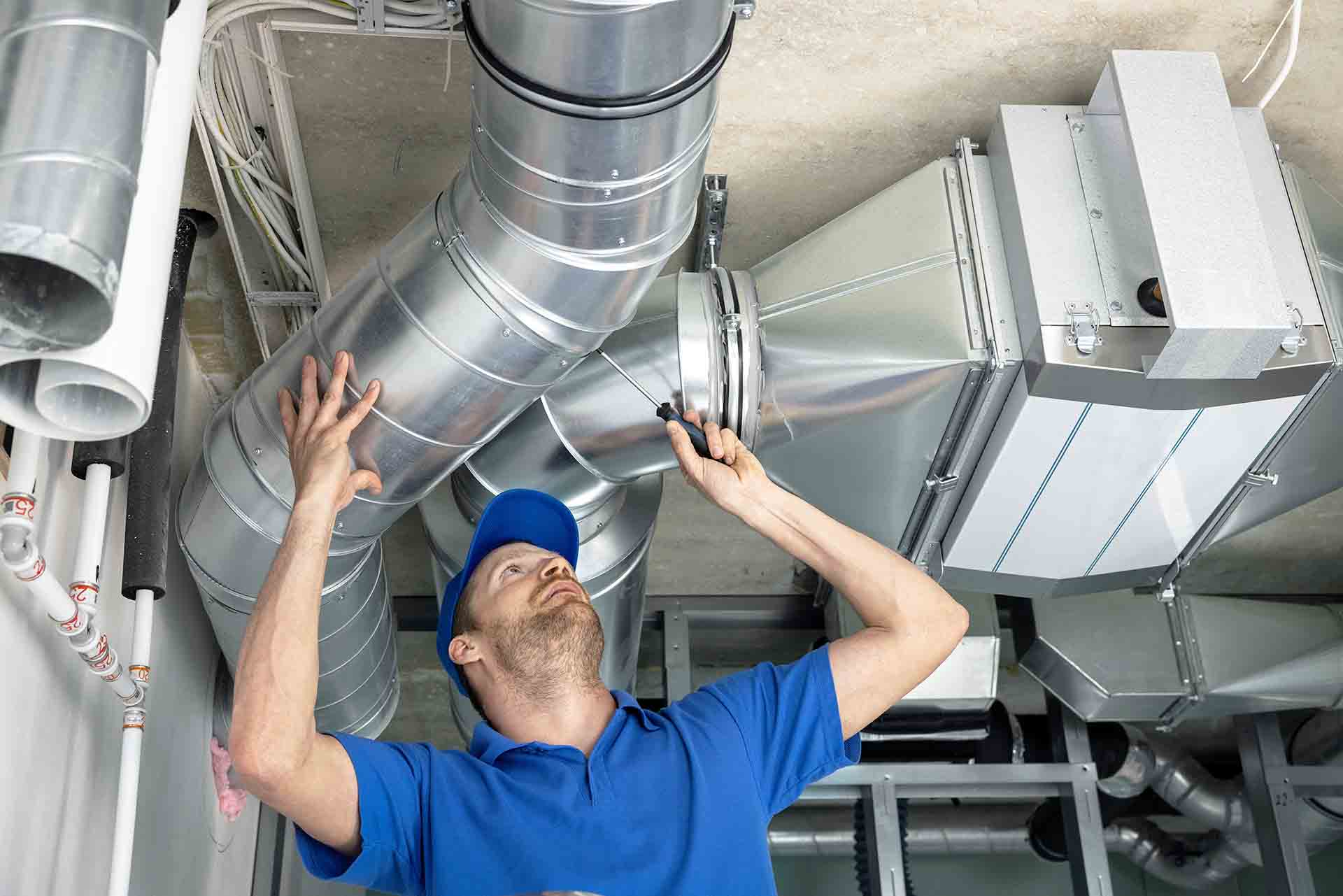
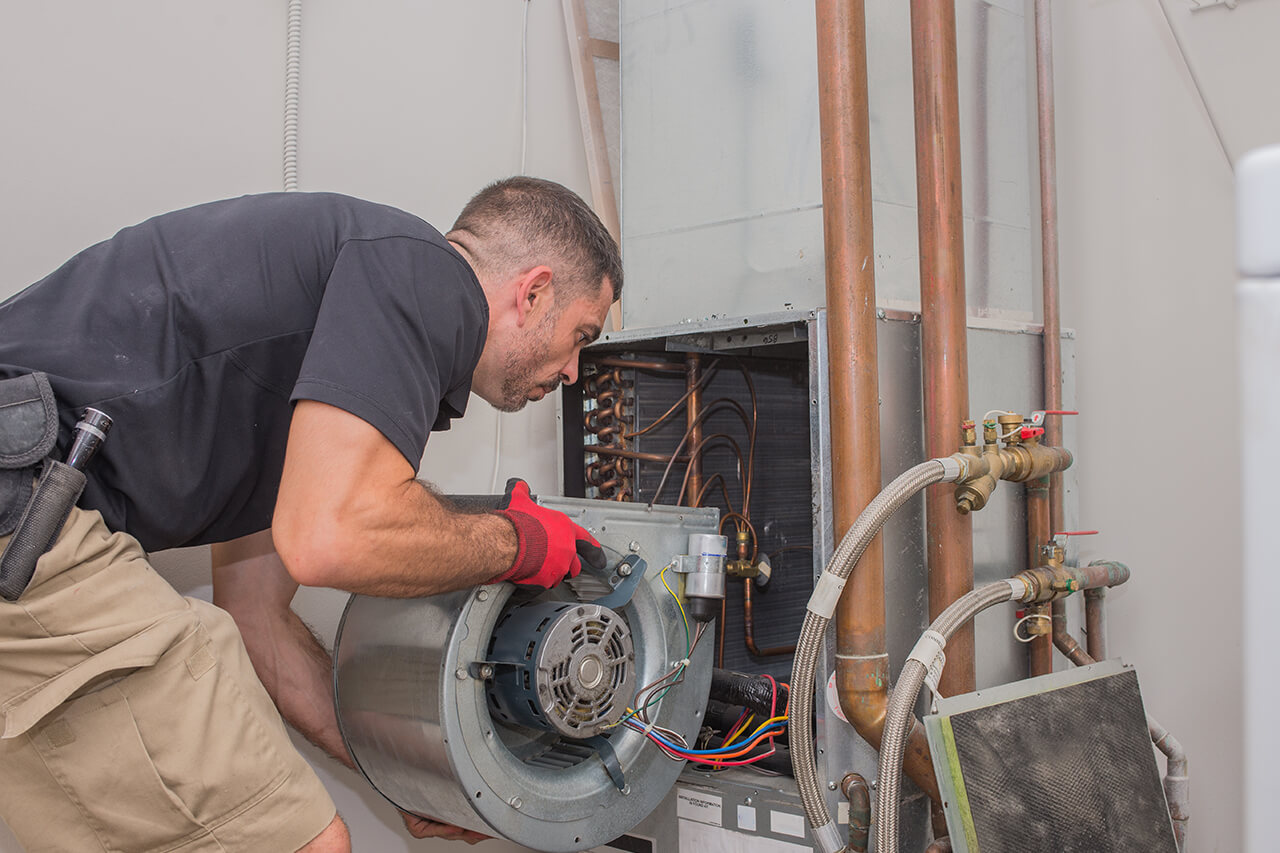

0 thoughts on “How Long Does It Take To Replace HVAC System”